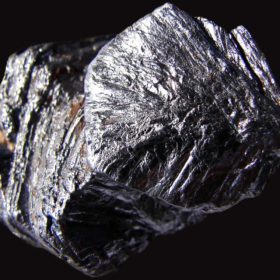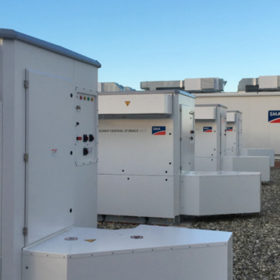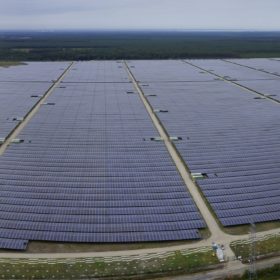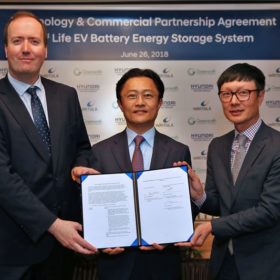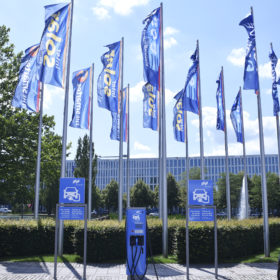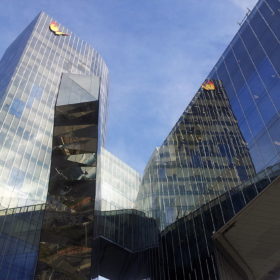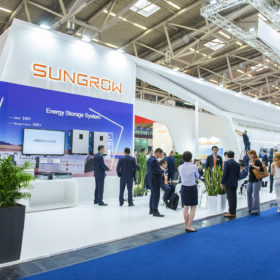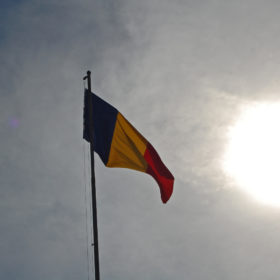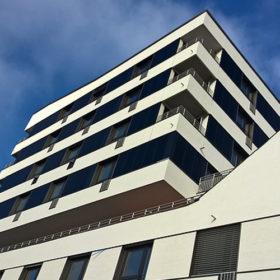Researchers discover new method to control excitons
A team of scientists led by Russia’ National University of Science and Technology (NUST MISIS) has made a discovery that allows them to better control excitons in a multi-layered semiconductor. In time, the discovery could lead to the development of unique new solar cell materials.
SMA delivering equipment to grid storage facility in the UK
The German-based company delivered 26 battery inverters for lithium-ion storage with a capacity of over 50MWh. The facility is one of the largest of its kind and will provide reserve capacity to compensate for deviations in the power supply.
Europe’s first GW-sized solar park may be built in France
The huge 1.2 GW PV facility is currently being planned in the Lot-et-Garonne Department, southern France. The project’s required investment is expected to reach around €1 billion. Five big solar players are currently interested in developing the plant.
Wärtsilä, Hyundai ink agreement on second-life EV batteries for grid storage – comment
Finnish-based energy-solution provider, Wärtsilä has signed an agreement with automobile producer, Hyundai Motor Group to establish a commercial partnership for the use of second-life electric vehicle (EV) batteries in storage solutions.
8 key takeaways from The Smarter E 2018
This year, The Smarter E made its debut this June 20 to 22 in Munich, Germany, bringing together existing exhibitions, Intersolar Europe and ees Europe, with two new events, Power2Drive Europe and EM-Power. This change reflects both the strong shift towards storage, and the rapidly changing face of the overall energy industry. pv magazine hit the floors, attended the conferences and held two roundtables to discover the latest trends. Read on to discover our eight key takeaways (and one new buzzword).
Gas Natural Fenosa rebrands into Naturgy
Another big energy group transitioning to clean sources has chosen to change its name to reflect the new strategy. The Spanish gas and power provider started investing in solar last spring.
Spain prepares to resume renewable energy auctions
Although it is still unknown when exactly the new auctions will be held, the Spanish Ministry of Ecological Transition is now defining new bidding rules, in order to adapt them to international standards.
Inverters get smart at the 2018 Smarter E
Inverter manufacturers tapped into the major theme of digitization in their product presentations at this year’s Smarter E event in Munich – of which Intersolar Europe is a part of. The solutions deploy smart software solutions for maximizing self-consumption, O&M provision and enable hybrid architectures across all three market segments.
Romanian Parliament approves net metering scheme for solar
The new rules may help the Eastern European country resume its solar development after two years of very limited growth. Only PV and renewable energy systems not exceeding 100 kW in size will be allowed to enter the scheme.
Singulus to develop next gen CIGS production system for Avancis
Both solar companies are closely linked with the Chinese state-owned company, CNBM and they now want to work together to develop the next generation of CIGS manufacturing facilities.
